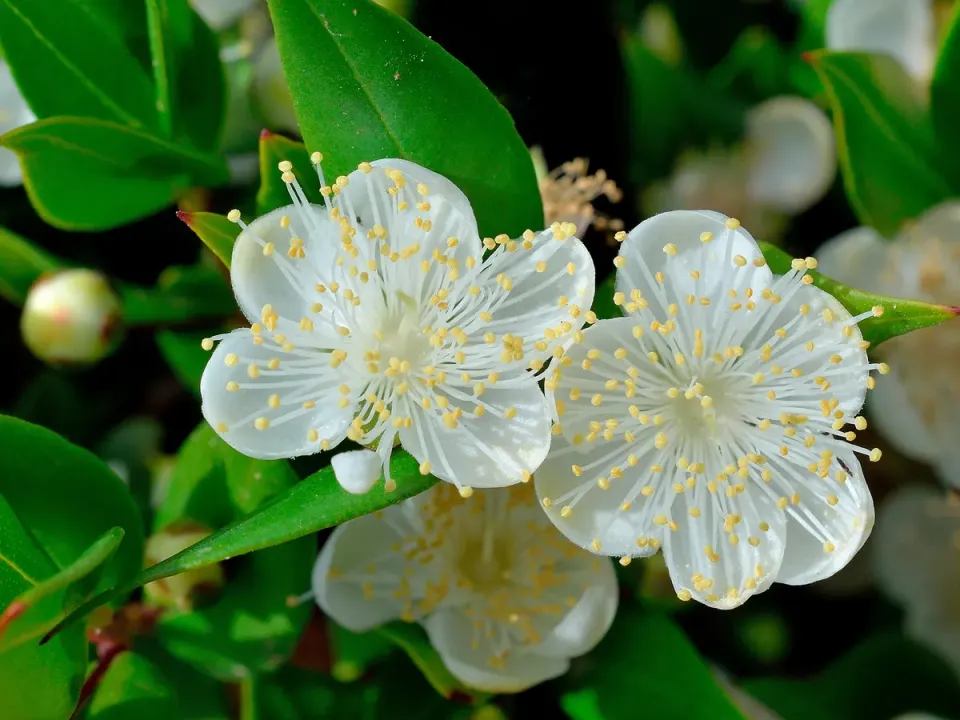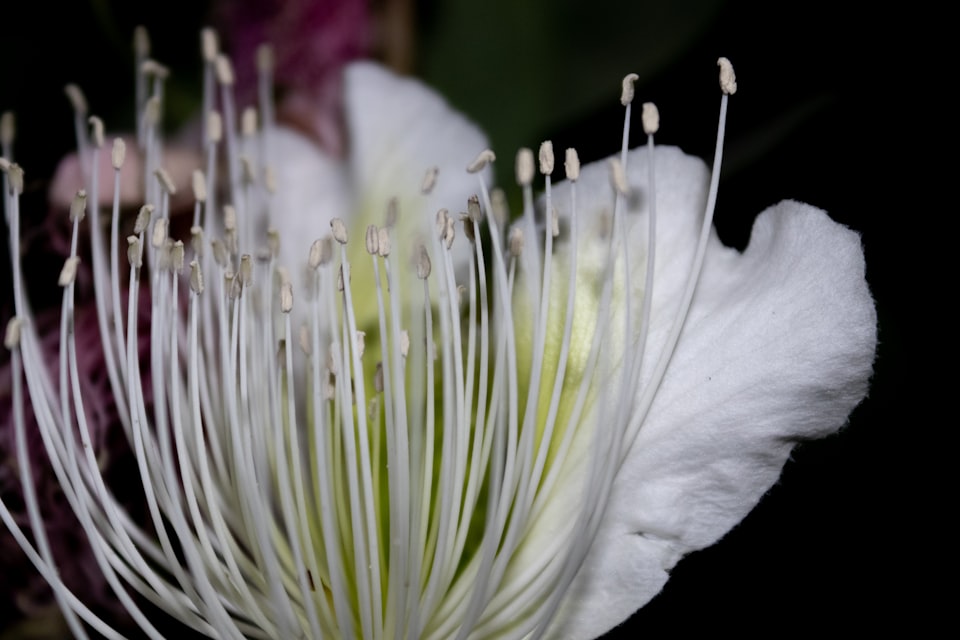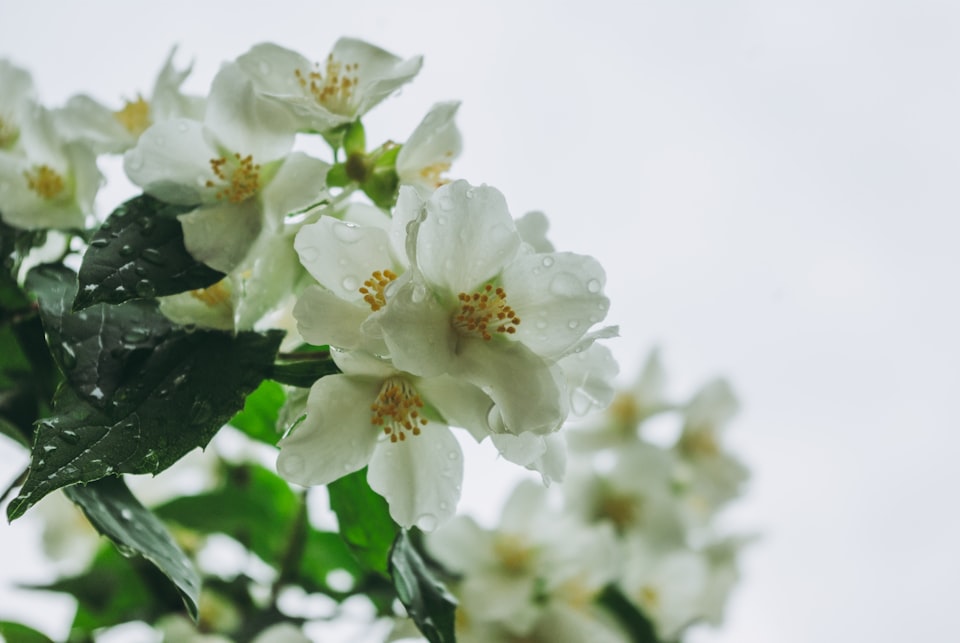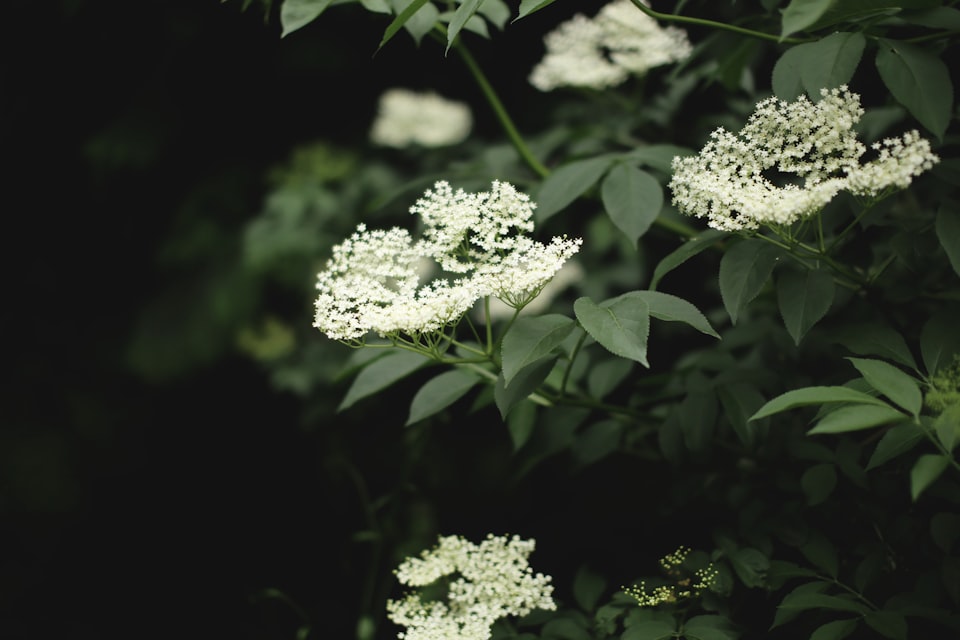III: Butcher's Broom
How butchers and criminals intersected.

Good morning. Today is tridi, the 3rd of Pluviôse, Year CCXXXI. We celebrate le fragon, a cousin of asparagus with medicinal properties.
Butchering has never had a stellar reputation for obvious reasons. As long as killing and rendering animals for sale has been a profession, there has been suspicion and disdain for those who would willingly take up that profession.
There's a famous novel in Scotland about the brutal Highland clearances called Butcher's Broom, and in addition to drawing upon the actual red-berried winter crop we celebrate today, the metaphor of the clearances sweeping away the Scottish clan system with brutality is clear.
But are butcher's actual prone to brutality and violence? Does the profession attract the criminal mind? Getting to the bottom of that question crates an interesting chicken-and-egg scenario.



